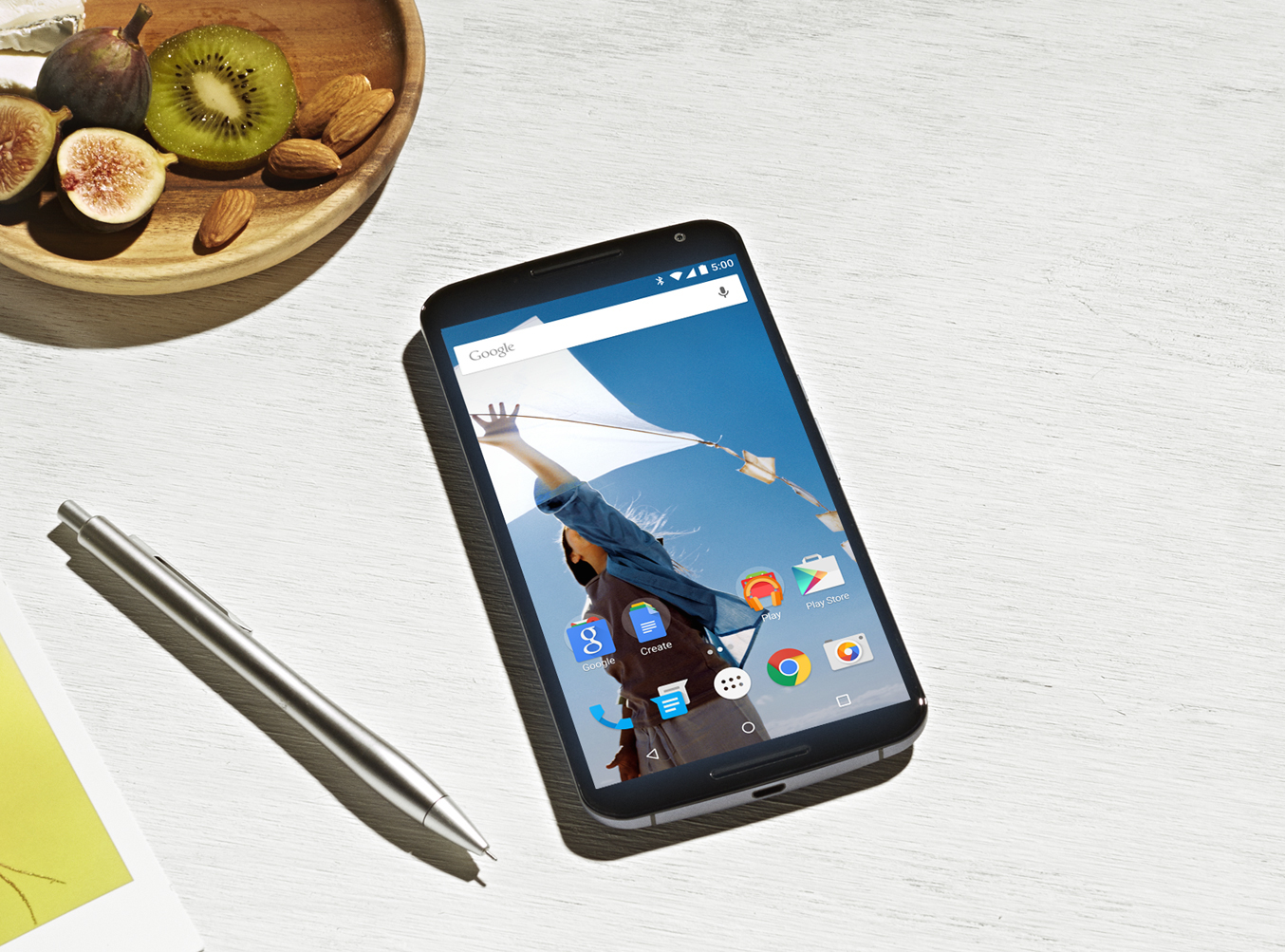
- 2 Min Read / Blog / 3.2.2020

As Google began refocusing its software development efforts toward mobile, the search giant became increasingly invested in its Android operating system as a counterpoint to Apple’s meteoric iOS. Google worked hard to challenge Apple’s mobile operating system and innovate with exciting new features, to the point that many began to perceive Android as equal to, if not better than, iOS in terms of power and capability. But operating systems were only one mobile battleground—how could Google build hardware to beat the iPhone?
Google’s answer came in January 2010, as the company gathered media and developers together to unveil the first crown jewel in what would become a massive hardware initiative: the Nexus One. Cheekily named after the malevolent androids in Ridley Scott’s iconic Blade Runner, the Nexus One replaced HTC’s first Android handset as the standard-bearer for the platform. Google partnered with HTC as the Nexus One’s manufacturer, the first in a long history of hardware partnerships that facilitated all future Nexus hardware launches. Nexus One arrived with the freshly-minted Android 2.2 Froyo and set the precedent of software primacy for all future Nexus products to follow. Despite frustrating hangups with Android OEMs and carriers as new versions of Android crawled to widespread adoption, Nexus devices were always first to receive Android version updates as soon as they became available.
The Nexus One was followed in December 2010 by the Samsung-built Nexus S, which launched alongside Android 2.3 Gingerbread. Google subsequently released 3.0 Honeycomb for tablets, but the Nexus S still saw an update to 4.0 Ice Cream Sandwich in 2011, when the company launched another Samsung Nexus device, the Galaxy Nexus. Google raised the stakes for industrial design and hardware capability with the powerful LG-manufactured Nexus 4 and Nexus 5 in later years, showcasing the latest features of Android 4.2 Jellybean and 4.4 KitKat and packing a significant hardware wallop. But unlike many of the unremarkable smartphones from competitors, the Nexus series represents more than spec sheets and checked-off hardware boxes—Google aims to deliver the purest, cleanest Android experience possible on a mobile product.
The Nexus devices have always served as a product showcase for Google, boasting a stock Android interface free from manufacturer modification or developer augmentation. The design, feature set, and core user experience on Nexus devices are all as Google intended, drawing the admiration and devotion of many Android fans. Nexus devices have historically been first to take advantage of fresh Android capabilities, like Android Beam for proximity-aware sharing and Google Wallet NFC payment integration. No product more accurately represents Google’s mobile vision and its intentions for the future of Android, than the Nexus line—and no Android product more consistently raises the bar of quality for third-party Android manufacturers to strive for.
This morning, Google released a brief blog post announcing the introduction of three new Nexus devices and its latest version of Android, revealed at long last to be called Lollipop. Among the new products was the company’s new Nexus 6 handset, which replaced the longstanding Nexus 5 as Google’s vision for the purest Android mobile experience. Launching a flashy website to showcase the new product, Google boasts its massive new offering as having “more room to explore.”
The marketing tagline is no understatement. The Nexus 6 delivers an enormous 6-inch display and curvaceous back panel mirroring Motorola’s Moto X from earlier this year. The parallels are no mistake—in keeping with Nexus manufacturing processes of years past, Motorola produced the Nexus 6 as a supercharged variant of its existing Moto X flagship offering, stretching the display an extra half-inch and stripping away Motorola’s minor software additions. Nexus 6 is the first smartphone to run Android 5.0 Lollipop, and eschews common Android interface tweaks espoused by third-party manufacturers since the platform’s inception.
The Nexus 6’s massive display is its primary attribute. With a quad-HD resolution matching the pixel density of many smaller handsets, the 6 offers an unparalleled canvas for enjoying images and videos on the go. With dual speakers inspired by HTC’s stereo investment in their One smartphone, the Nexus 6 is the perfect multimedia companion to Google’s growing library of Google Play Store movie and TV show content. With an impressive 13-megapixel rear shooter, an innovative ring-shaped LED flash borrowed from the Moto X, and Google Camera built in as Lollipop’s stock image capturer, the 6 might turn out to be the Android camera to beat.
Most exciting is Nexus 6’s “turbo charge” feature, leveraging faster battery technologies to accelerate recharge cycles and extend the device’s longevity. Between faster recharges, the 6 can last up to 24 hours on a single charge, dwarfing 10- or 12-hour battery lives from competing Android and iOS devices. As smartphones become the connected hub of our mobile digital lives, powering Bluetooth-enabled wearable devices and an ever-growing number of connected accessories, a powerful battery to allow for this functionality will be critical.
The Nexus 6 signifies the formalization of Android’s “phablet” trend, as the platform’s steward itself embraces the increasingly popular form factor beyond 5 inches. The device’s size also positions Google interestingly versus Apple’s iPhone 6 Plus, extending a full half inch beyond what many iOS users already considered an enormous growth spurt. Google forecasts availability later this month, and the Nexus 6 will be offered from a variety of carrier partners, much like its predecessors, on the Google Play Store. Stay tuned for more updates on Google’s huge announcements, and for more analysis on the impact of Android Lollipop as the platform matures.